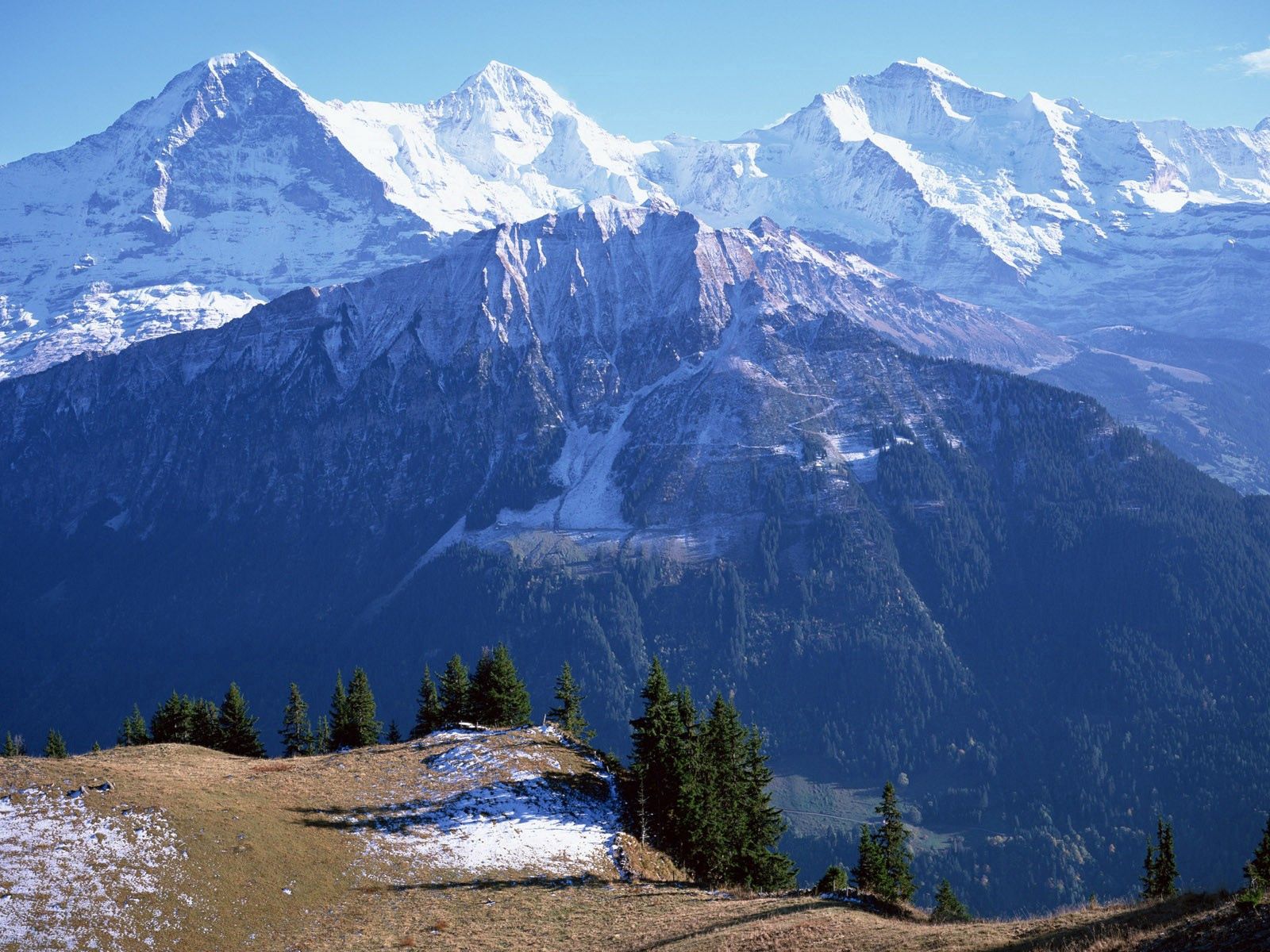Introduction About Mountain Valleys NYT
Verdant slopes of valleys holding the mountains’ steep terrains, fast-moving rivers, and glistening waterfalls exude the elegance of creation’s marvels. These geographical features formed over millions of years of tectonic and volcanic activity are home to many varieties of plants, animals, and even ancient cities, which make them special important destination attractions for tourists and biosphere protectors.
Geomorphic Evolution of Mountain Valleys
Types of Mountain Valleys
Like all the valleys around the world, mountain valleys can be classified into different categories based on the way they were formed. It contains glacial formations that were formed during the Ice Age, that is, having loess bottoms and steep slopes of U-shape. U-shaped valleys on the other hand have a broader shape that has been carved over time by long flowing rivers while V-shaped valleys depict steep rivers gushing from the mountains and have more restrained cross-sectional forms.
Factors influencing their formation
The development of mountain valleys depends on several factors; however, glacial and fluvial erosion features are the most important agents. The temperate temperature process of glacial movement shapes an extensive longitudinal valley at a broad area with limited height while the river action involves a narrow and lengthy path between the mountains.
Ecological Significance of Mountain Valleys
Biodiversity Hotspots
Valleys for example those in the mountain region are homes of biodiversities which include so many plants and animals that are specially designed to cope with difficult terrains within the same valleys. They remain as safe havens for the endemic animals and demonstrate some of the most unique adaptations, developed due to the isolation of these valleys.
Role in preserving ecosystems
Besides their biotic diversity, the mountain valleys are unique about the ecosystem: maintaining ecosystem integrity. It plays an important role as a corridor, providing movement pathways for animals and shaping the movement of water and nutrients, and holds a rich lifeline to support the necessary organic networks for ecosystem health.
Cultural and Historical Significance
Human Settlements
The meadows around the mountains have been historically used for setting up human dwelling facilities because they provide good farming land and natural resources. These regions have hosted Indigenous people and traditional societies all along, whose lives and endowments harmoniously include nature’s cadence.
Cultural practices influenced by valleys
It was also for this reason that cultural practices and traditions analysis helped to depict properly the relations between the communities and mountains that surround them. Farming practices, the ways to dig valleys, the burial places, funeral rites, religious faiths, and even the concept of time have been interwoven into the mountain valleys in many societies.
Tourism and Recreation
Popular Destinations
Modern mountain valleys attract tourists from all over the world Use * to join the independent word Today,* to translate the noun word Modern. They range from the superlative Rockies in the Great North to the romantic Alps of Switzerland – and all the other places in between – all well-equipped with natural scenery and outdoor activities.
Activities and experiences offered
Tourists that might visit these mountain valleys can enjoy such activities as trying out new routes on the trails which have not been interfered with thus come with natural wild animals and also embrace the stillness of the valleys that are still untouched.
Challenges and Conservation Efforts
Environmental Threats
However, like for any other landscape, there are strings attached when it comes to mountain valleys as they are prone to anthropogenic pressure and climate change. Cultivation for agriculture, logging, mineral exploration, and the creation of mega projects are serious threats to these fragile ecosystems, as well as the population that lives in them.
Conservation initiatives and policies
To meet these challenges, several measures have been taken by conservationists working in conjunction with the governments to extend protection to mountain valleys. Lack of sustainable management of these important ecosystems can lead to their destruction; measures such as creating national parks, implementing adequate land use practices, and educating citizens about the state of conservation are essential for the preservation of such regions.
Exploring Mountain Valleys: Travel Tips
Planning Your Trip
When planning for a trip to view mountain valleys, which may be risky especially when they are crossing rivers, it will be safer to take this trip in the early spring and late fall since the weather is considerably mild and the tourist traffic is discouraged. Bring necessities like sturdy hiking boots, ample clothing for fluctuating climatic conditions, and a camera to immortalize some delightful moments.
Responsible tourism practices
By practicing the seven principles of Leave No Trace and always giving space and time to wildlife and cultural activities, tourists should welcome sustainable tourism options such as eco-lodges and tour companies that respect and maintain the natural habitats of wildlife.
Photography Tips: Capturing the Essence
Best Times for Photography
Another one is to achieve the idea of mountain valleys, photographing the valleys during the golden hours that is during the sunrise or sunset to capture better natural light. Different seasons give different looks to a place and it is equally a good thing for taking pictures of a place as, unlike snow-capped mountains in winter, a place has a lush green look in summer.
Composition tips and techniques
Try out component arrangement methods like lines, using other components of art such as people or tree trunks as frames, and getting good foreground interest for good picture shots that give the impression of the vastness and tranquility of mountain valleys.
Conclusion
Mountain valleys are the iconic representation of the prowess of nature and have an apt blend of features of geophysical, ecological, and archeological importance. Whether finding oneself in search of further excitement or in seeking refuge in nature, those lands that are impressive and exotic cause spiritual fascination and increased respect for our Earth.
For More Info Visit Here: Docoro.Shop.
FAQs About Mountain Valleys
1. What are the best mountain valleys to visit in North America?
- Answer: Some popular choices include Yosemite Valley in California, Jackson Hole in Wyoming, and Banff National Park in Canada.
2. How do mountain valleys contribute to local economies?
- Answer: They support tourism-related businesses, provide natural resources, and offer opportunities for recreational activities that boost local economies.
3. Are mountain valleys dangerous to visit?
- Answer: While they can pose risks such as avalanches or challenging terrain, proper preparation and caution mitigate potential dangers.
4. What wildlife can be spotted in mountain valleys?
- Answer: Wildlife such as mountain goats, elk, and various bird species are commonly found in mountain valleys.
5. How are mountain valleys affected by climate change?
- Answer: Climate change threatens mountain valleys through glacial retreat, altered precipitation patterns, and disruptions to ecosystems dependent on stable environmental conditions.









